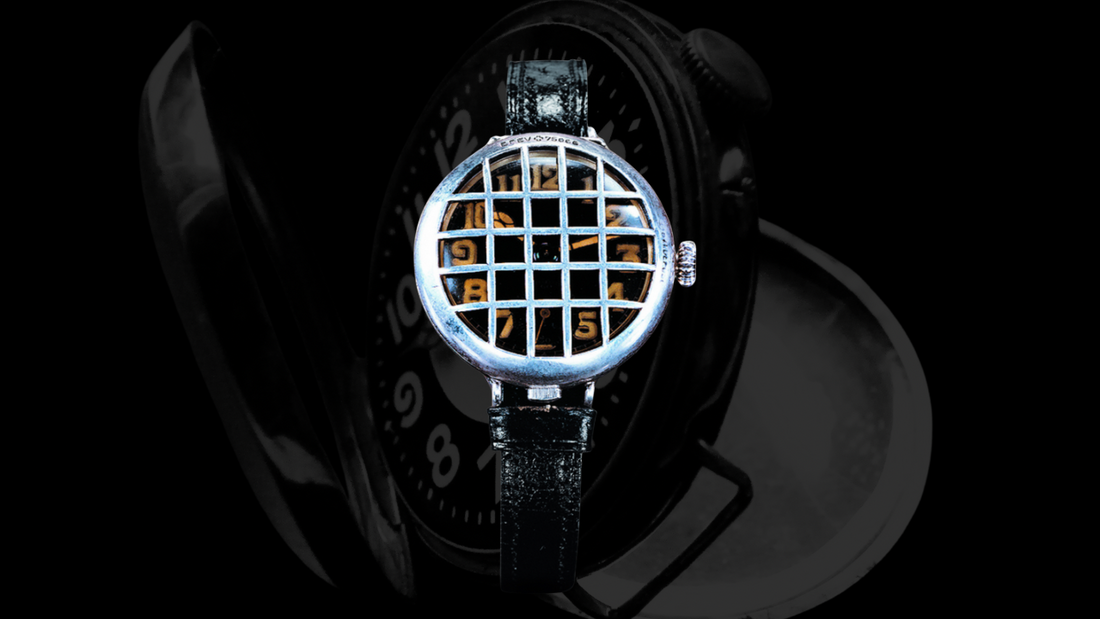
The Wristwatch Was Born in the Trenches
Share

Before the turn of the 20th century, wristwatches were mostly a women’s fashion statement. Men carried pocket watches, full stop. But when British soldiers headed to South Africa for the Second Boer War in 1899, they discovered a problem: digging out a pocket watch in the middle of gunfire wasn’t just inconvenient, it could get you killed. Officers started soldering wire lugs onto pocket watch cases, threading a leather strap through them, and wearing them on the wrist. These crude “trench watches” kept the time where it was needed most: right in view, hands free. By the time World War I rolled around, the British War Office took notice. They issued a formal spec for a soldier’s wristwatch: luminous radium numerals for night missions, a robust water-resistant case to handle mud and rain, and sometimes even a shrapnel guard to protect the crystal from flying debris. Brands like Omega, Longines, and even Rolex got in on the act, building rugged, no-nonsense timepieces designed for survival in the chaos of trench warfare. These weren’t luxury items, they were vital pieces of military kit. When the war ended, soldiers came home still wearing their trench watches. What had started as an improvised battlefield hack became a new standard in men’s fashion. The stigma of the “ladies’ wristlet” was gone. In just a couple of decades, the wristwatch went from a niche novelty to the default way of telling time for everyone, all because war demanded a faster, tougher way to check the hour. That muddy, battered trench watch on a soldier’s wrist had quietly changed the course of watchmaking forever.






